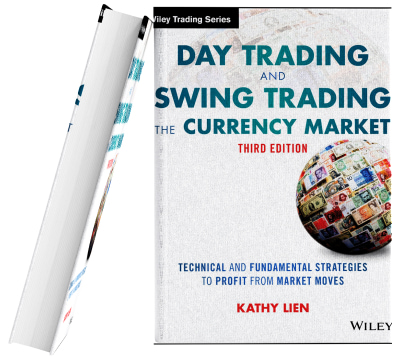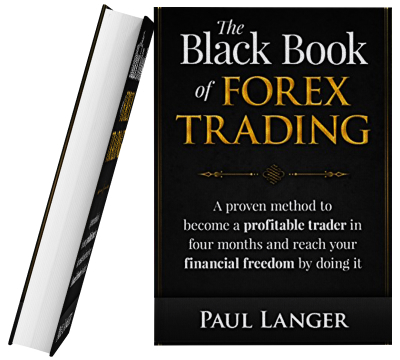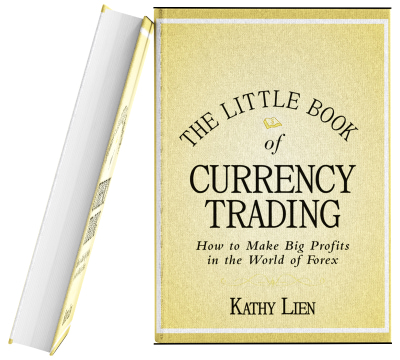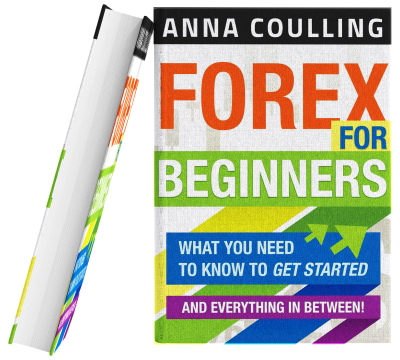Investing often feels like entering a crowded station during rush hour, with plenty of noise and little direction. With so many books claiming to reveal market secrets, new UK investors can quickly waste time and money on titles that promise clarity but offer confusion. Whether your goal is to understand forex trading, develop a long-term investment plan, or get to grips with financial basics, the right book can provide structure in a space crowded with conflicting advice.
In 2025, shelves are full of both respected classics and newer titles. But which are genuinely useful for beginners in the UK market? This guide cuts through the clutter to highlight books that offer real insight, practical strategies, and a clear path forward. This is whether you’re focused on the FTSE or curious about global currencies.
In This Guide
Top Best Trading Books
Eight Standout Books to Guide New Traders and Investors
Whether you’re exploring forex, developing emotional discipline, or learning to read charts, the following eight books offer well-rounded, practical value for beginners looking to build solid trading and investing habits in 2025.
Currency Trading for Dummies by Kathleen Brooks and Brian Dolan

This well-established guide remains one of the most accessible entry points into the world of forex. Written in plain language, it walks readers through how currency markets work, from quoting pairs to interpreting economic reports.
For UK traders, it provides useful context on interest rate policy, inflation, and the role of central banks like the Bank of England. Later editions also touch on cryptocurrency and the shifting regulatory environment. They offer a more rounded view of today’s retail trading landscape.
Ideal for beginners, it lays a solid foundation without oversimplifying the key mechanics of the market.
Day Trading and Swing Trading the Currency Market (3rd Edition) by Kathy Lien

Kathy Lien’s experience as a currency analyst comes through in this strategy-focused title. It’s aimed at readers who already grasp the basics and are ready to apply structured methods to shorter-term trading.
The book explains how economic data, such as interest rates, job figures, and GDP, influence currency movement. Lien also introduces technical tools like Bollinger Bands and moving averages, breaking down their use in a clear, practical way.
Although the examples are US-centric, the insights apply globally and remain highly relevant for UK traders working with major pairs like GBP/USD or EUR/GBP. It’s a smart step up for those looking to turn knowledge into action.
The Black Book of Forex Trading by Paul Langer

Paul Langer takes a no-nonsense approach to trading. His book focuses less on technical patterns and more on the habits, mindset, and structure that support long-term success. Rather than promising shortcuts, he stresses the value of discipline, risk management, and daily routines.
Langer outlines how to organise your trading day, keep detailed records, and stay emotionally balanced, even when trades go against you. The latest edition includes guidance for part-time traders, which will resonate with UK readers managing trading alongside a full-time job.
This is a practical, psychology-driven read for those who’ve moved beyond the basics and want to build consistency.
The Little Book of Currency Trading by Kathy Lien

Short yet packed with value, this book is ideal for beginners who want a fast, clear introduction to forex.
Kathy Lien explains how to choose currency pairs, set trade entries and exits, and avoid emotional mistakes.
She focuses on planning, discipline, and simplicity.
You won’t find complicated systems here, just practical guidance that helps you avoid common traps.
Although it’s written for a wide audience, the ideas work well for UK traders, especially those just starting out.
Forex for Beginners: What You Need to Know to Get Started by Anna Coulling

Anna Coulling offers one of the most beginner-friendly books on the market.
She starts with the basics: what forex is, how it works, and who the key players are.
She also explains how to choose a broker, why demo accounts matter, and how leverage increases both risks and rewards.
Coulling covers the emotional side too, warning against overtrading, chasing losses, and acting on impulse.
Her clear style and logical structure make this an excellent first book for UK readers who want to learn with confidence.
Currency Trading and Intermarket Analysis by Ashraf Laidi
This book helps traders see the bigger picture. Ashraf Laidi connects forex to other markets, like bonds, equities, and commodities. He explains how these different forces affect currency movements and long-term trends.
Examples include how oil prices can shift the Canadian dollar or how interest rate spreads affect major currency pairs. The ideas go deeper than most beginner books, but they’re rewarding if you’re looking for a broader perspective.
For UK readers curious about how markets like the FTSE, gilts, and gold relate to forex, this is a smart and informative read.
Trading in the Zone by Mark Douglas
Douglas focuses on the mental game behind trading. This isn’t a book about strategies or indicators but about why traders often lose even when they know what to do.
He explains how fear, doubt, and overconfidence lead to poor decisions. The goal is to help you trust your plan and stay consistent, especially under pressure.
Although written before the rise of crypto and mobile trading, its lessons are even more important now for UK traders using fast, app-based platforms. It’s a must-read if your mindset is holding you back.
Japanese Candlestick Charting Techniques by Steve Nison
Steve Nison introduced candlestick patterns to the West, and this book is still the standard for learning how to read charts.
It explains key patterns like hammers, doji, and engulfing formations. You’ll also learn how to combine these with support and resistance levels or moving averages to make better decisions.
The writing can be technical, but helpful diagrams make the content easier to absorb. For UK traders using MetaTrader or TradingView, this book adds real value to your charting skills.
How to Choose the Right Book Based on a Trader’s Experience Level
The best book for you depends on where you are in your trading journey. If you’re just starting out, choose something clear and simple – Currency Trading for Dummies or Forex for Beginners are great options. They explain the basics without using confusing jargon.
If you’ve already tried a demo account or placed a few trades, look for books with more structure and strategy. Titles by Kathy Lien or Paul Langer can help you build better habits and improve your consistency.
Struggling with emotions or self-discipline? Trading in the Zone offers valuable lessons on mindset and staying calm under pressure.
And if you’re ready to start learning chart patterns, Steve Nison’s candlestick guide is still one of the most trusted resources.
Choosing a book that fits your current level makes the learning process smoother and more useful.
The most useful titles focus on core principles without assuming any prior knowledge. Look for books that explain how markets work, how to manage risk, and how to make sound decisions without following hype. Currency Trading for Dummies and The Psychology of Money are strong, accessible starting points.
Yes. Some titles bridge short-term trading and long-term investing by focusing on broader market relationships. Currency Trading and Intermarket Analysis is one example, offering insight into how currencies, stocks, and commodities influence each other. Behavioural finance books also tend to apply across both styles.
No. Many respected trading books are written for beginners with no financial background. Authors like Anna Coulling and Jim Brown explain terms in plain English and build your confidence step by step.
Both have value, as they offer depth and flexibility. You can read at your own pace and revisit key ideas. Courses add structure and visuals, which help when learning platforms or strategies. Many beginners start with a good book, then turn to a course for practice.
The Psychology of Money by Morgan Housel and Trading in the Zone by Mark Douglas are excellent. Housel explores long-term financial behaviour, while Douglas focuses on discipline and mindset in active trading. Both show how emotions shape decisions and how to manage them.
Conclusion
The best trading and investing books don’t promise quick wins. They help you build the skills and habits that lead to lasting results. They teach you how to think clearly, stay focused under pressure, and make better decisions in fast-moving markets.
Whether you’re placing your first forex trade or working on emotional discipline, the right book can shift your mindset and sharpen your approach. Reading widely also helps you spot patterns, avoid common mistakes, and develop your own trading style.
Start with one book that fits your level, take notes, and apply what you learn slowly. Progress in trading doesn’t come all at once, but it does come with patience, practice, and the right guidance.




Trading can fetch you good returns if done strategically! Good luck, guys